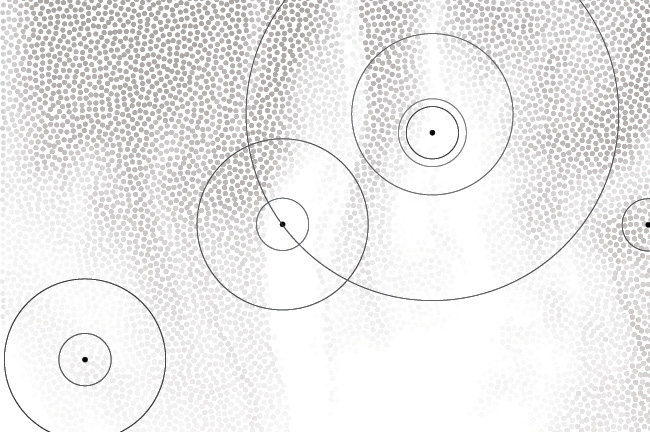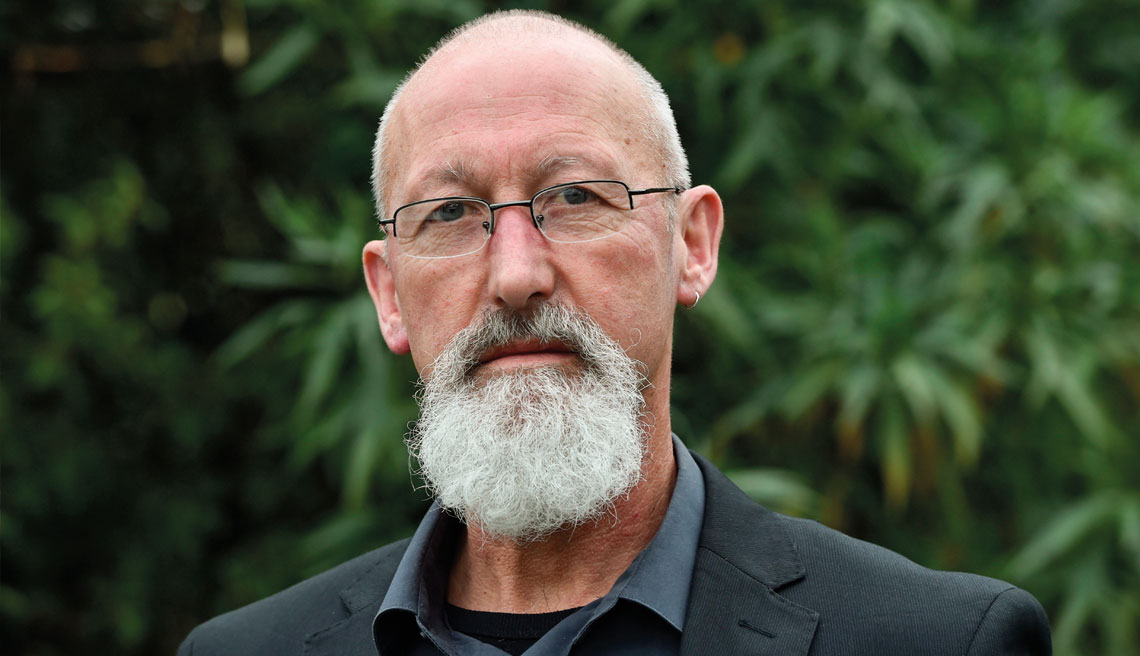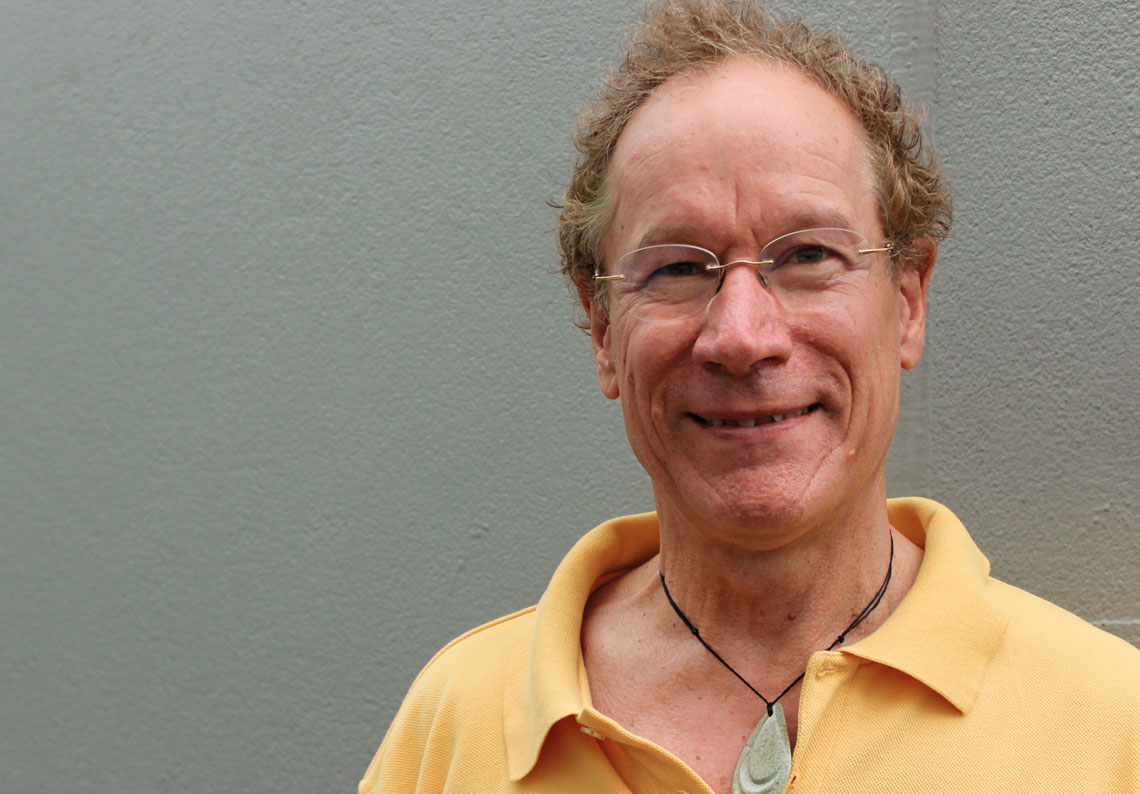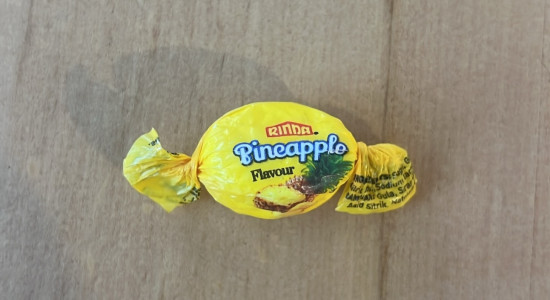Unawareness and cost block cannabis prescriptions

Although medicinal cannabis was made legal in New Zealand, the medical profession has been slow to widely adopt the new option. Russell Brown finds that a scarcity of use data, lack of awareness among doctors of what they are authorised to prescribe and cost are some of the barriers.
When the government passed legislation last year to regulate medicinal cannabis products and make it easier for doctors to prescribe them, it did so with fairly scant knowledge of who medicinal cannabis users actually were.
This wasn’t a matter of sloppiness but a reflection of the paucity of relevant data. Until recently, the most useful study was one led by Victoria University health researcher Megan Pledger and published in the New Zealand Medical Journal in 2016. That was based on data extracted from the New Zealand Health Survey 2012/13, which sampled 13,009 people, some of whom self-reported cannabis use.
But this year, the advocacy group Medicinal Cannabis Awareness New Zealand (MCANZ) undertook a survey with Otago researcher Dr Geoff Noller. The survey, which was based on a similar one in Australia, fielded 2,100 usable responses from a total of 2,900.
Noller is still working on the data with the intention of publishing in an academic journal, but preliminary results suggest it will align strongly with the Pledger study on one level: the leading indications for the medicinal use of cannabis were pain (especially chronic pain), depression and anxiety.
Noller told Matters of Substance the two were clearly comorbid: 65% of respondents in the MCANZ survey reported anxiety and depression, and almost 80% of those people reported a pain condition.
“When you have chronic pain, you frequently have anxiety and depression. That came through as collectively the second-biggest group of conditions.”

Portrait photo of Dr Geoff Noller with green leafy background - Dr Geoff Noller. Photo credit: Otago Daily Times
But from there, the two studies diverge. Pledger found males and Māori were more likely to be medicinal users than females and non-Māori. In the MCANZ survey, a majority of respondents were female and the proportion of Māori users was only just above the proportion in the general population. In the Pledger study, the average age of past-year medicinal users was 33, and for MCANZ, it was 36.
The obvious explanation for the differences is a methodological one. Pledger extracted data from a general survey, while MCANZ reached out to existing users via Facebook groups and other networks. But it may also be that the patient community is changing even as the Ministry of Health finalises the new regulations, which are due to be published before Christmas.
While doctors at two recent GP conferences got themselves into something approaching a panic about professional liability risks in prescribing cannabis products, MCANZ says more than a hundred of their colleagues are already prescribing cannabidiol (CBD) and in some cases tetrahydrocannabinol (THC) products. By far the best-known of them is West Auckland GP Dr Graham Gulbransen.
Since September 2017, doctors have been able to prescribe CBD to anyone for any condition in agreement with the patient, a fact Dr Gulbransen says “is not widely known. Sadly some of the most difficult people to convince of it are the pain specialists and the rheumatologists.”
Gulbransen has seen more than 900 patients in the past two years, and their general profile reflects that of the two studies. Half of them are chronic pain patients “and I’ve divided the rest into cancer or psychological distress or neurological problems. That other half is split evenly between those three groups.”

Photo portrait of Dr Graham Gulbransen wearing casual yellow shirt and pounamu, with grey background - Dr Graham Gulbransen. Photo credit: Danielle Clent, Stuff
Doctors lack confidence to prescribe
Increasingly, the patients he sees are referred by other doctors who are not confident about prescribing. Many of them are not in Auckland, and he offers a videoconference option for his initial $300 hour-long consultation.
“I’ve set myself up as a referral service,” he says. “I like to see patients initially and for follow-up after a month, and I write back to the GP each time to try and educate the GPs about what we’re treating. At the second visit, if patients are benefiting, then I outline the prescription and encourage the GP to take over prescribing.
“The first time we do anything new is a bit scary and difficult and takes longer. So I’m trying to make it a little bit easier to get doctors started with follow-up prescriptions – and then hopefully they’ll initiate them in future.”
Although CBD prescribing is straightforward, until the new regulations arrive, prescribing THC products is not. For spasticity associated with multiple sclerosis, Gulbransen can prescribe the Medsafe-approved product Sativex with the endorsement of a neurologist.
“But I tend to prescribe Sativex off-label – meaning it’s for pain or cancer symptoms. And for that, I need to fill in a two-page form signed by me, the patient, a non-GP specialist and the Ministry of Health to get an approval number to prescribe the Sativex spray.”
It’s more complicated yet in the cases of the functionally equivalent product Tilray 10:10 (the name signifies that the product contains 10mg each of CBD and THC per millilitre).
“Because that’s an unapproved product, a specialist has to apply and only that specialist can write the prescription. And that means that patients are having to pay of the order of $900 for Sativex that could last for three months versus the Tilray product, which could work out to be a whole lot cheaper. And very few specialists are willing to go through that process.”
Who is using medicinal cannabis?
About 60% of patients come back for the return visit, says Gulbransen. Some of those who don’t return look elsewhere, says Suzanne Kendrick.
Kendrick is the organiser of Cannabiz, an Auckland group for people discussing business opportunities under both the new medicinal framework and, potentially, an adult-use regime. As part of research for a proposed web platform for medicinal users, she contacted patient networks and found a community that was older, whiter, wealthier and more female than that detected in 2013. (This was not a demographically representative sample. Many of her contacts were in Auckland’s gentrified inner western suburbs: Ponsonby, Herne Bay, Grey Lynn. Some were living in a retirement community.)
“They can get the prescription – and they begrudge paying the $300, but they pay,” says Kendrick.
“And then they say, ‘God, this is expensive and I’m using a bottle of this a week’, and they wonder if they can get it cheaper – and then they start looking online.”
Kendrick depicts mutually supportive groups with a range of conditions – cancer, rheumatoid arthritis, Parkinson’s disease – who move from importing CBD products to ‘green fairy’ suppliers and eventually home-growing.
“Some of them use their prescription from [Gulbransen] as protection in case they were to get stung.”
Unable to buy higher-CBD strains via the recreational black market, they share cuttings and illegally import seeds.
“If you’re taking it all day because you’ve got chronic pain, you do not want to be high the whole time,” she says.
“What patients are saying is, ‘hey, I’ve got work, I’ve got family, I don’t want to be high all the time’,” Gulbransen agrees.
Are some getting prescriptions as insurance?
“I think that these are early adopters who can afford the $15 a day on average or are desperate and will somehow come up with that money,” he says. “They’ll tell me that the green fairy supply is erratic, that the quality varies – and a lot of people prefer legal.”
Ironically, this year the prescriptions system has had its own reliability issues. The supply of CBD medicines from Tilray, the Canadian company supplying the bulk of such products here, completely dried up at one point. Tilray’s supply chain leads through Australia, which treats the products as controlled drugs and requires an export licence for them to be shipped to New Zealand. How long that licence takes to process is up to Australian officials.
A New Zealand company, Medleaf, had just begun importing Cannaqix CBD lozenges from Europe and was able to partially bridge the gap, but Gulbransen says that for patients using Tilray products “as anti-epileptic drugs to suddenly run out, it’s a dangerous situation”.
But that’s far from all that’s going on. Matters of Substance knows of doctors directly providing patients with CBD products from suppliers in America and patients who are ordering their own online. This has risks – consumer CBD products are poorly regulated in the US – but some green fairy suppliers are taking a more sophisticated approach.
“Because there’s a giant glut in the United States, there’s no shortage of people willing to ship CBD isolate internationally,” says MCANZ coordinator Shane Le Brun. “You can get raw, purified CBD, and Customs doesn’t look for cannabis in crystal form, so it gets through.
“There are people making THC tinctures, but they can add as much CBD as the patient wants to make it a high-CBD or a balanced product. So they’re guesstimating the THC, but because they’re getting 99.9% pure CBD, they know exactly how much CBD’s going in.”
Jasper the green fairy
One of those people is Jasper, a green fairy with about 350 patients registered to buy products via his secure website. He began making cannabis products when his father was diagnosed with early-onset Alzheimer’s and moved operations to a website after encounters with “nasty people” in the Facebook groups where other green fairies offer their wares.
Jasper sources cannabis flower – a cross between the high-THC strain Pineapple and the high-CBD hemp cultivar Charlotte’s Web – from a supplier who has contracted growers in several regional centres. He says he pays the retail price, $400 an ounce, and never runs out. He has had ESR test the flower before but “lost a little faith” in the agency when one batch tested at an impossible 40% THC.
By his own account, a fair part of the business is the load of pastoral care for the sometimes “broken” people who contact him.
“It worries me,” he says. “I’m these people’s doctor and counsellor. They rely on me. And GPs don’t answer their messages at 2am.
I’m worried that doctors won’t be able to deal with the complexity of these patients.”
He refuses to supply capsules of concentrate and instead encourages customers to gradually titrate their dose. He’ll add CBD isolate to tinctures to suit particular patients and also ask about their historical cannabis use: “If you shock people’s systems, it’s not going to work.”
Gulbransen, working within the rules and with a limited range of pharmaceutical products, does not have such flexibility. He hopes that the new regulations will allow him to “get on and give products that are more likely to succeed, rather than pure CBD. Even something like 5% THC is going to have greater success with pain and perhaps with seizures than plain CBD. I’d rather give something that is more likely to succeed.”
Specialist-only prescription may ease and drug quality tighten
Le Brun, who has been monitoring consultations over the draft regulations, is picking that the requirement in the draft for specialist-only prescription of THC will be eased so GPs will be able to prescribe “and, if we’re lucky, nurse practitioners. Nurse practitioners could make a lot of sense in palliative care.”
He also expects that a GMP manufacturing process will be stipulated for local producers, meaning that all cannabis products that originate in the New Zealand system will be pharmaceutical-grade. That means, at least in the short term, prices will not fall and local producers may have to run at a loss to keep them where they are.
But he says that the GMP standard will be necessary for export and that the Canadian experience is that economies of scale more than balance out GMP compliance costs, “so perversely, in the mid to long term, pharma-grade could lead to more affordable products than a lesser standard”.
For now, Gulbransen says CBD prices may have “plateaued” at about $15 a day for most patients. He’d like to see the cost come down to $10 a day, “but I don’t have a lot of influence there”.
Patients in the official system are also learning that they can shop around. Some pharmacies are still charging $500 for a bottle of Tilray CBD 100, while others have taken advantage of a fall in wholesale prices to offer it for as little as $270.
Whatever happens when the new scheme gets up and running next year, it does seem that patient attitudes to cannabis as medicine have shifted significantly. Kendrick’s middle-class medicinal users, those using green fairies and the people importing their own CBD products, have decided that any legal consequences for what they’re doing may not be too onerous. They may well be right.
“One of the things that really struck me is the level of seeming desperation that a significant proportion of people expressed,” says Geoff Noller of his survey. “To be really, really ill and to have tried numerous medications, which weren’t very effective and had terrible side effects, that’s hard.”
This is the challenge for government regulators as they try to fit cannabis into the existing health system. If they create a regime that is too difficult to access or too costly, they may simply find more patients bypassing that regime altogether.
Recent news

Potentially lethal dose of methamphetamine found in Rinda pineapple lolly wrapping
The Drug Foundation is warning people not to consume Rinda pineapple lollies.

Beyond the bottle: Paddy, Guyon, and Lotta on life after alcohol
Well-known NZers share what it's like to live without alcohol in a culture that celebrates it at every turn

Funding boost and significant shift needed for health-based approach to drugs
A new paper sets out the Drug Foundation's vision for a health-based approach to drug harm

